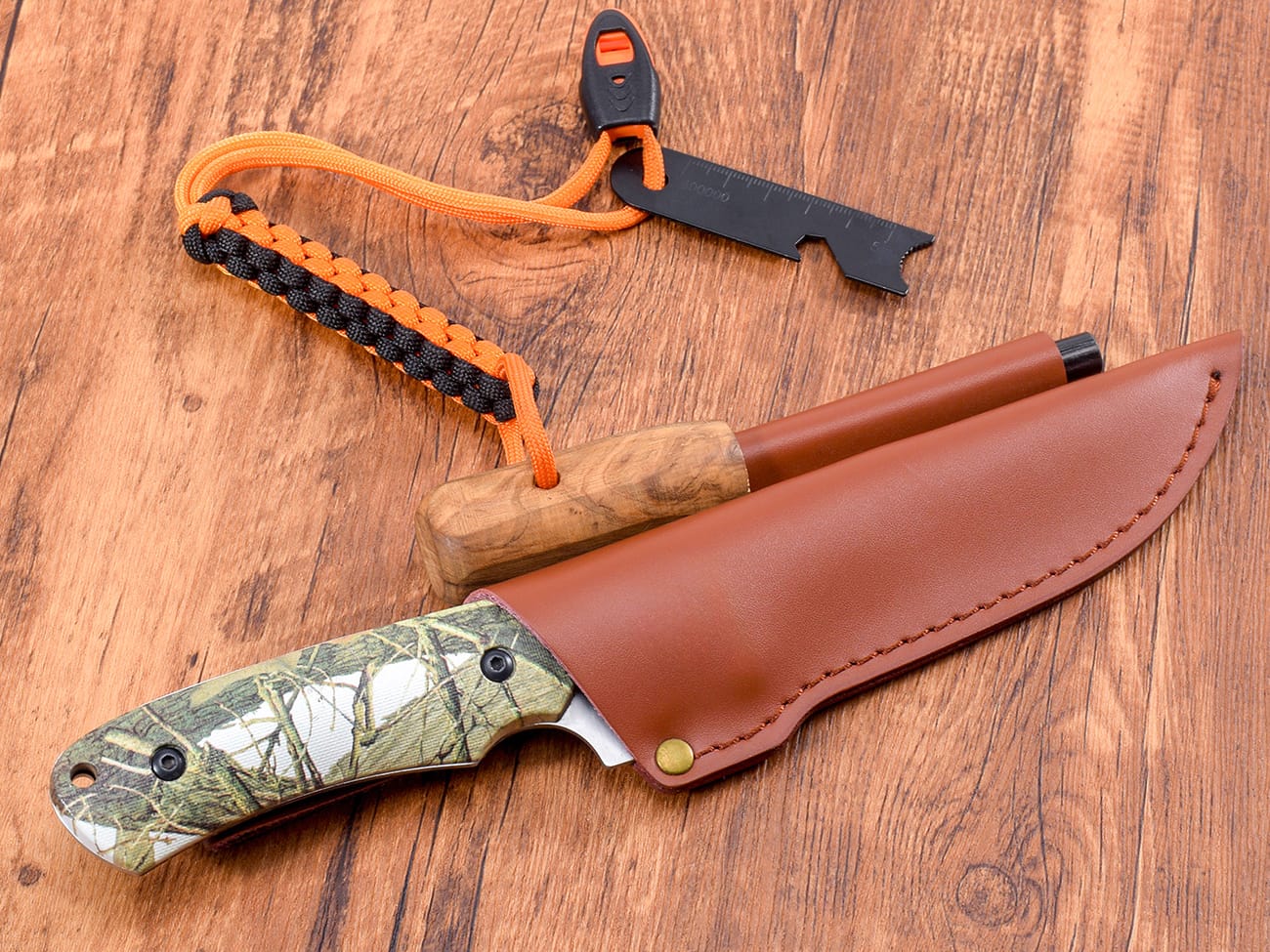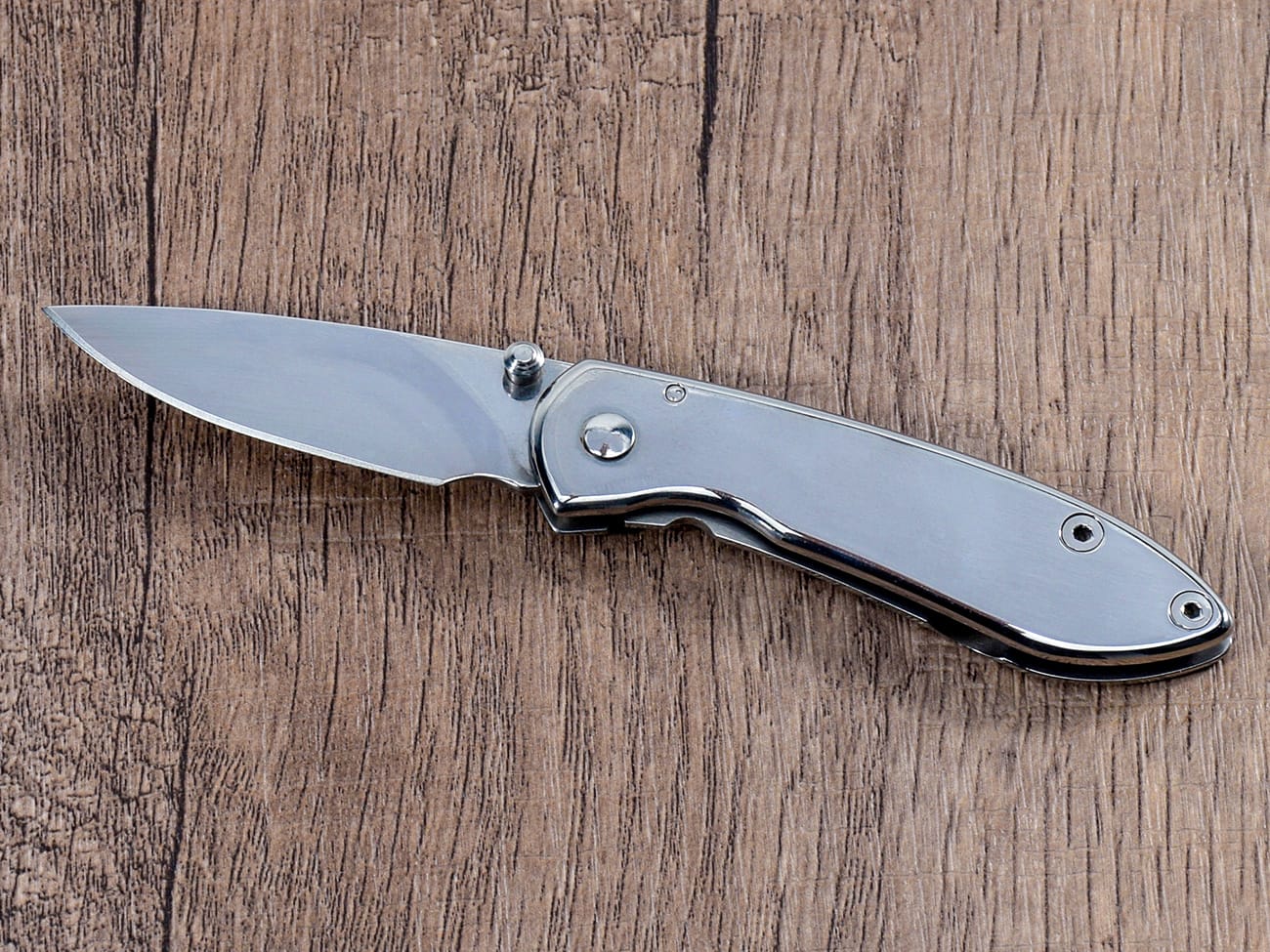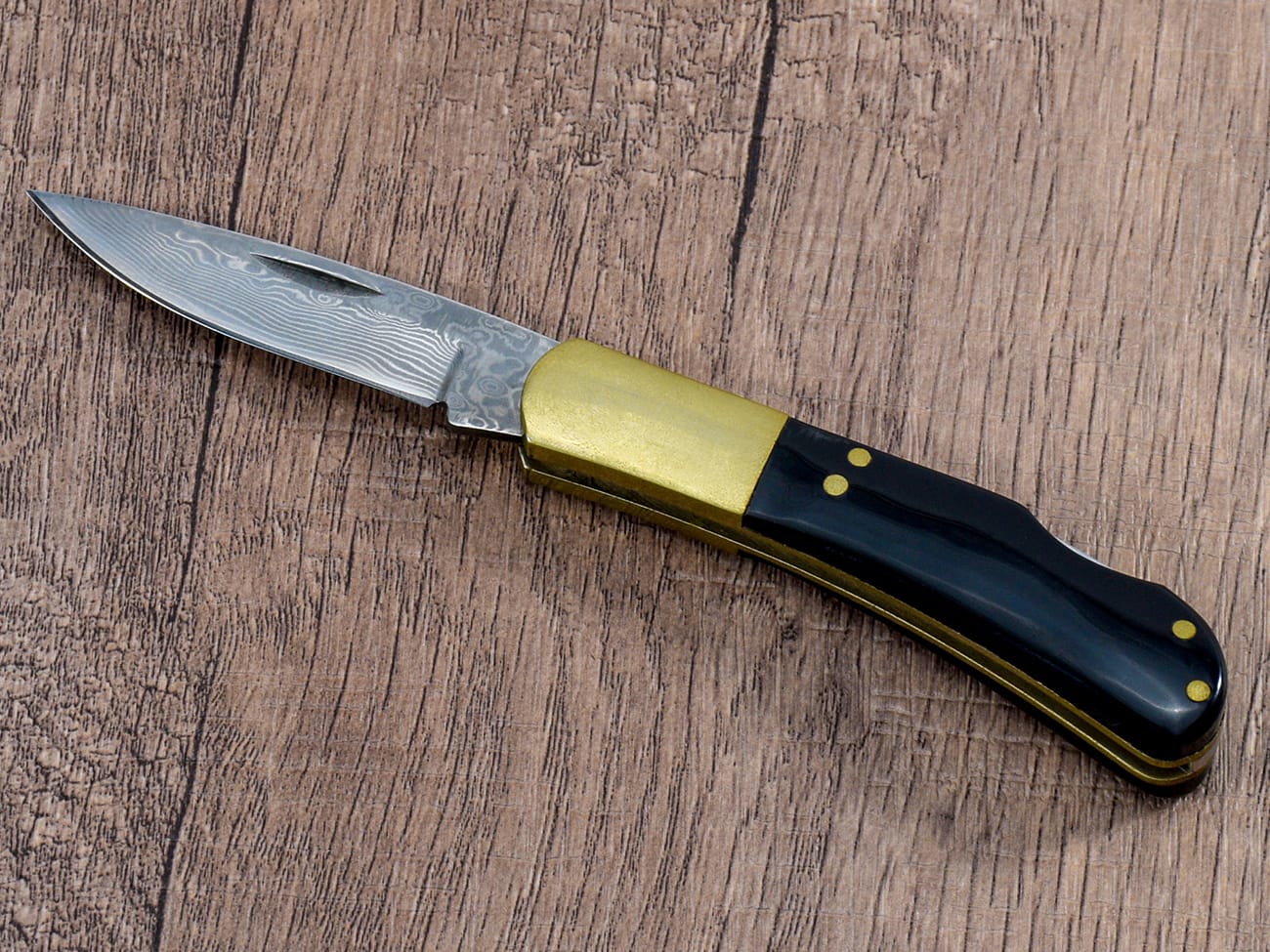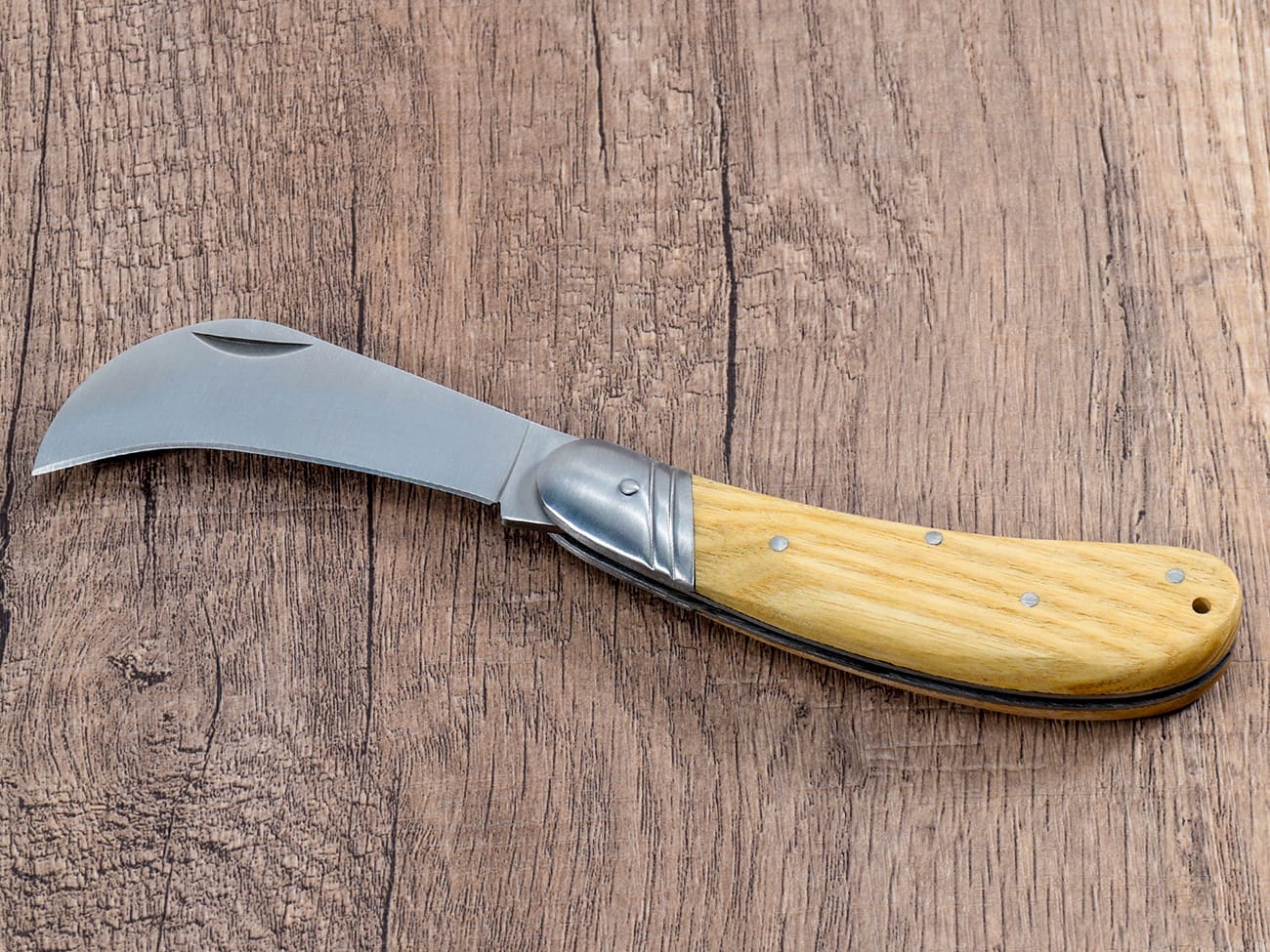Carrying a fixed blade knife can be a game-changer for outdoor enthusiasts, survivalists, and everyday carry (EDC) aficionados. Whether you’re heading into the wilderness or simply want a reliable tool at your fingertips, knowing how to properly carry a fixed blade knife is crucial for both safety and convenience. In this comprehensive guide, we’ll explore the various methods, considerations, and best practices for carrying a fixed blade knife, ensuring you’re well-equipped for any situation.
Why Should You Read This Article?
Understanding the proper techniques for carrying a fixed blade knife is essential for several reasons:
- Safety: Learn how to prevent accidents and injuries while carrying your knife.
- Legality: Discover the importance of knowing local laws and regulations.
- Accessibility: Find out how to carry your knife for quick and easy access when needed.
- Comfort: Explore various carry methods to find the most comfortable option for you.
- Versatility: Learn how to adapt your carry style to different situations and environments.
By mastering these aspects, you’ll be able to carry your fixed blade knife with confidence and maximize its utility in your daily life or outdoor adventures.
What Are the Different Ways to Carry a Fixed Blade Knife?
There are several methods for carrying a fixed blade knife, each with its own advantages and considerations. Let’s explore the most common carry options:
1. How Does Belt Carry Work for Fixed Blade Knives?
Belt carry is one of the most popular and versatile methods for carrying a fixed blade knife. Here’s what you need to know:
- Horizontal vs. Vertical: You can position the knife horizontally or vertically on your belt, depending on your preference and the knife’s size.
- Accessibility: Belt carry allows for quick and easy access to your knife.
- Concealment: Depending on your clothing and the knife’s size, belt carry can be relatively discreet.
To carry your fixed blade knife on your belt, you’ll need a sheath with a belt loop or clip. Make sure the sheath securely holds the knife and allows for a smooth draw.
2. What Is Scout Carry and How Does It Differ from Traditional Belt Carry?
Scout carry is a variation of belt carry that offers some unique advantages:
- Position: The knife is carried horizontally on the back of your belt, typically behind your hip.
- Ambidextrous: Scout carry allows for easy access with either hand.
- Concealment: This method can be more discreet than traditional belt carry, especially when wearing a jacket or loose shirt.
To use scout carry, you’ll need a sheath designed for horizontal carry or one that can be modified for this purpose.
3. Can You Carry a Fixed Blade Knife Inside the Waistband?
Inside-the-waistband (IWB) carry is another option for those seeking concealment and comfort:
- Concealment: IWB carry offers excellent concealment, especially with proper clothing choices.
- Comfort: When done correctly, IWB carry can be surprisingly comfortable.
- Accessibility: While not as quick to access as belt carry, IWB can still provide relatively fast deployment.
To carry a fixed blade knife IWB, you’ll need a sheath designed for this purpose, often with clips or loops that attach to your belt or waistband.
4. Is Neck Carry a Viable Option for Fixed Blade Knives?
Neck carry can be an excellent choice for smaller fixed blade knives:
- Concealment: Easily concealed under clothing.
- Accessibility: Quick access when needed.
- Comfort: Ideal for lightweight, compact knives.
To use neck carry, you’ll need a sheath with a lanyard or chain that allows the knife to hang around your neck. Ensure the sheath has a secure retention system to prevent accidental deployment.
5. How Can You Carry a Fixed Blade Knife in Your Boot?
Boot carry is a popular option for outdoorsmen and those who want a backup knife:
- Concealment: Excellent concealment, especially with high-top boots.
- Backup option: Ideal as a secondary knife.
- Accessibility: While not as quick to access as other methods, it provides a secure location.
To carry a knife in your boot, you’ll need a sheath designed for this purpose or one that can be modified to fit securely in your boot.
6. What Are the Advantages of Pocket Carry for Fixed Blade Knives?
While less common than with folding knives, pocket carry is possible for some smaller fixed blade knives:
- Concealment: Can be very discreet, especially with deeper pockets.
- Familiarity: Similar to carrying a folding knife, which many people are accustomed to.
- Comfort: Can be comfortable with the right knife and sheath combination.
To pocket carry a fixed blade knife, you’ll need a sheath designed for in-pocket use, often with a clip or other retention method.
7. How Do You Choose the Right Carry Method for Your Needs?
Selecting the best carry method depends on several factors:
- Knife size and weight
- Your daily activities and environment
- Local laws and regulations
- Personal comfort and preference
- Need for concealment or quick access
Consider trying different methods to find what works best for you in various situations.
8. What Safety Considerations Should You Keep in Mind When Carrying a Fixed Blade Knife?
Safety should always be your top priority when carrying a fixed blade knife:
- Secure sheath: Ensure your sheath properly retains the knife and covers the edge.
- Proper positioning: Avoid carrying the knife in a way that could cause injury during falls or accidents.
- Awareness: Be mindful of your knife’s presence, especially in crowded areas or when sitting down.
- Legal compliance: Always follow local laws regarding knife carry.
9. How Can You Conceal a Fixed Blade Knife Effectively?
Concealment can be important for both legal and practical reasons:
- Clothing choices: Loose-fitting shirts, jackets, or vests can help conceal a knife.
- Carry position: Some methods, like IWB or scout carry, are naturally more discreet.
- Knife selection: Smaller knives are generally easier to conceal.
- Sheath design: Look for sheaths with minimal profile and neutral colors.
10. What Are Some Tips for Comfortable All-Day Carry of a Fixed Blade Knife?
Carrying a fixed blade knife comfortably throughout the day requires some consideration:
- Choose the right size: A knife that’s too large or heavy can become uncomfortable over time.
- Experiment with positions: Try different carry methods to find what works best for you.
- Quality sheath: Invest in a well-designed sheath that distributes weight evenly.
- Adjust as needed: Be willing to reposition your knife throughout the day for optimal comfort.
The Importance of a Quality Sheath
A crucial aspect of carrying a fixed blade knife is having a high-quality sheath. The sheath not only protects you from the sharp edge but also keeps your knife secure and readily accessible. When choosing a sheath, consider the following factors:
- Retention: The sheath should hold the knife securely, preventing accidental deployment.
- Material: Common materials include leather, Kydex, and nylon, each with its own pros and cons.
- Versatility: Look for sheaths that offer multiple carry options or can be easily modified.
- Durability: Your sheath should withstand daily wear and tear, protecting both you and your knife.
Investing in a quality sheath is just as important as choosing the right knife. It’s the foundation of a safe and effective carry system.
Legal Considerations for Carrying a Fixed Blade Knife
Before deciding to carry a fixed blade knife, it’s crucial to understand and comply with local laws and regulations. Knife laws can vary significantly between countries, states, and even cities. Some key points to consider:
- Blade length restrictions
- Open carry vs. concealed carry laws
- Prohibited locations (e.g., schools, government buildings)
- Specific knife types that may be restricted
Always research and follow the laws in your area and any places you plan to travel. Ignorance of the law is not a valid defense, and violations can result in serious legal consequences.
Choosing the Right Fixed Blade Knife for EDC
Selecting the appropriate fixed blade knife for everyday carry is crucial for comfort and practicality. Consider these factors when choosing your EDC fixed blade:
- Size and weight: A smaller, lighter knife is generally more comfortable for all-day carry.
- Blade shape: Consider versatile blade shapes like drop point or clip point for general use.
- Steel type: Look for a balance between edge retention, corrosion resistance, and ease of sharpening.
- Handle material: Choose a comfortable, durable handle material that provides a secure grip.
Remember, the best EDC knife is one that you’ll actually carry and use. Don’t be afraid to try different options to find what works best for you.
Training and Practice
Carrying a fixed blade knife safely and effectively requires practice and training. Consider the following:
- Drawing and re-sheathing: Practice these movements to build muscle memory and ensure safe handling.
- Retention: Learn how to maintain control of your knife in various situations.
- Use scenarios: Train for the types of tasks you’re likely to encounter in your daily life or outdoor activities.
- Safety protocols: Develop and practice safe handling procedures to prevent accidents.
Regular practice will increase your confidence and proficiency with your fixed blade knife, making it a more valuable tool in your everyday carry arsenal.
Maintaining Your Fixed Blade Knife
Proper maintenance is essential for keeping your fixed blade knife in top condition:
- Cleaning: Regularly clean your knife and sheath to prevent dirt and debris buildup.
- Sharpening: Keep your blade sharp for optimal performance and safety.
- Lubrication: Apply a light lubricant to the blade to prevent corrosion, especially for carbon steel knives.
- Inspection: Regularly check your knife and sheath for signs of wear or damage.
A well-maintained knife will serve you reliably for years to come, making it a valuable investment in your EDC or outdoor gear collection.
Integrating a Fixed Blade Knife into Your EDC or Outdoor Kit
A fixed blade knife can be a versatile and valuable addition to your everyday carry or outdoor gear. Consider how it complements your other tools and equipment:
- EDC: Pair your fixed blade with a smaller folding knife or multi-tool for a comprehensive EDC setup.
- Outdoor adventures: Integrate your fixed blade knife with other survival and bushcraft tools for a well-rounded kit.
- Professional use: For those who use knives in their work, a fixed blade can be an excellent primary or backup tool.
By thoughtfully integrating your fixed blade knife into your gear system, you’ll maximize its utility and ensure you’re prepared for a wide range of situations.

A custom fixed blade knife with an ebony handle and sanded blade, perfect for everyday carry or outdoor adventures.
Conclusion: Mastering Fixed Blade Knife Carry
Carrying a fixed blade knife can greatly enhance your everyday preparedness and outdoor capabilities. By understanding the various carry methods, safety considerations, and legal requirements, you can confidently integrate a fixed blade knife into your daily life or adventure kit. Remember these key points:
- Choose a carry method that balances comfort, accessibility, and concealment for your needs.
- Invest in a quality sheath and knife combination that suits your intended use.
- Always prioritize safety and legal compliance when carrying a fixed blade knife.
- Practice regularly to build proficiency and confidence in handling your knife.
- Maintain your knife and sheath to ensure long-lasting performance and reliability.
With these guidelines in mind, you’ll be well-equipped to safely and effectively carry a fixed blade knife, whether you’re tackling everyday tasks or embarking on outdoor adventures.For more information on knife types, materials, and care, be sure to check out our articles on knife blades materials, knife handle materials, and knife lock types. These resources will help you make informed decisions about your knife choices and care, ensuring you get the most out of your fixed blade knife carry experience.




